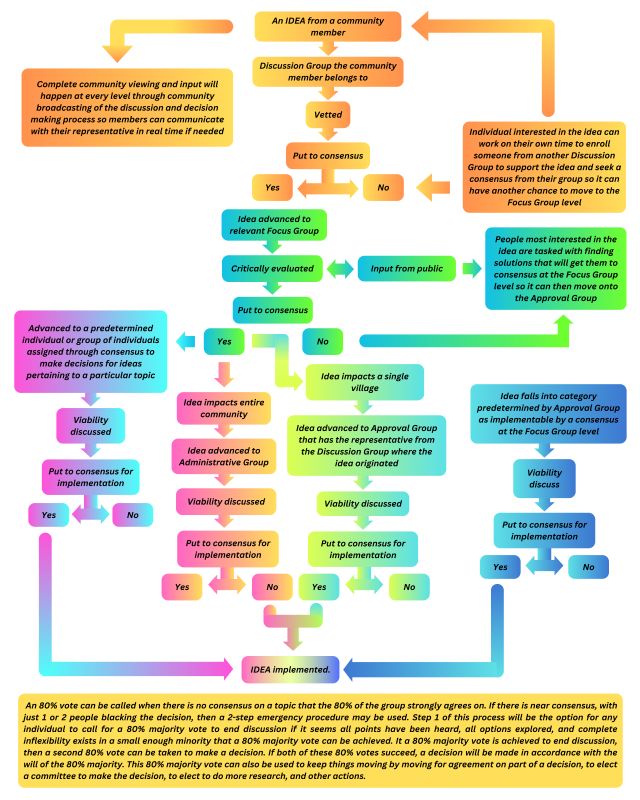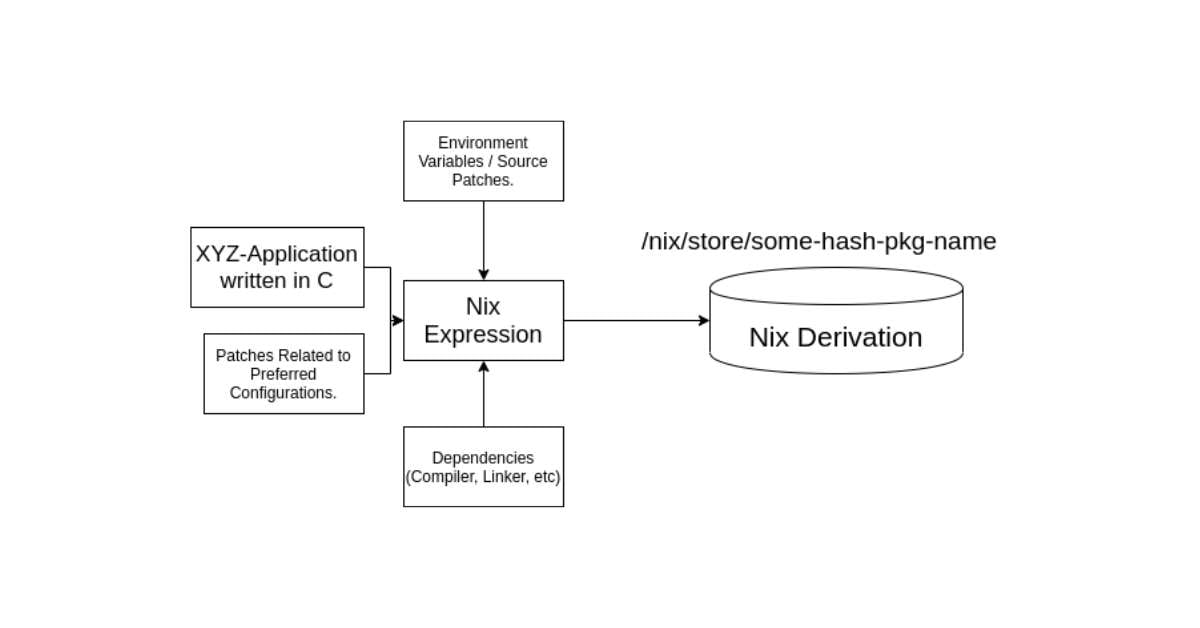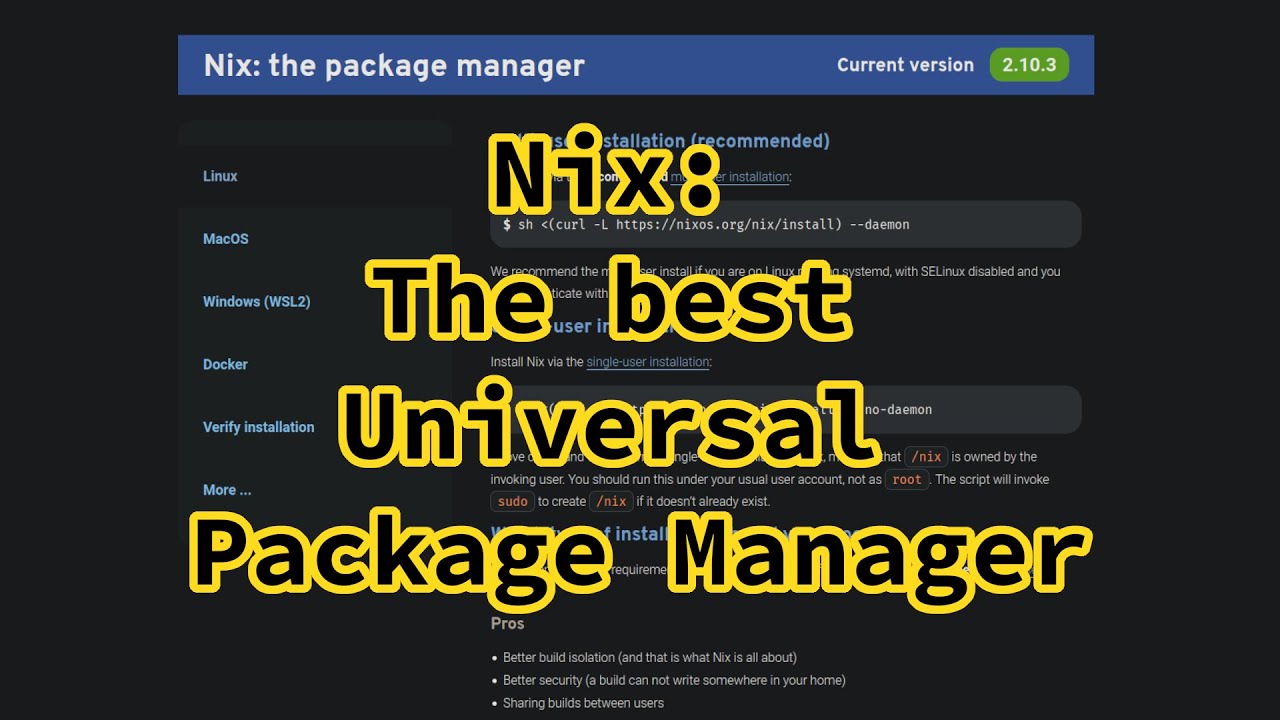
Tragedy Strikes in Assam: Elephant Attack Leaves One Dead and a Child Injured
A herd of wild elephants roaming near Goalpara creates havoc as locals try to protect their families.
In a distressing incident on a Friday evening, the serene village of Gopalpara in Assam became the scene of a tragic confrontation between humans and elephants. A woman, identified as Mamtaz Begum, lost her life, and a child sustained severe injuries when a herd of elephants wandered into the village, presumably in search of food.
The unforeseen attack highlights the ongoing conflict between wildlife and local communities in Assam, revealing a pressing need for effective measures to manage these encounters. As the elephants descended from the surrounding forests, chaos ensued among the villagers. Many locals attempted to chase the elephants away, fearing for their safety. However, in a turn of events, the elephants retaliated, leading to the tragic loss of life and the injury of a child who is currently receiving medical care at a nearby hospital.
In light of this incident, forest department officials were notified late that evening, and efforts to redirect the elephants back to their forest habitat are underway.
The Challenges of Human-Wildlife Conflict
The incident in Goalpara is far from unique in Assam. The state has seen increasing instances where human settlements encroach upon wildlife habitats, often leading to fatal confrontations. As urban areas expand, the natural habitats for these majestic creatures diminish, forcing them to search for food in villages and farmlands. This encroachment not only endangers local communities but also poses a threat to the elephants, who are often the victims of retaliatory strikes when they damage crops or harm residents.
To tackle this escalating issue, conservationists emphasize the need for comprehensive wildlife management strategies that include better fencing of agricultural areas, early warning systems, and wildlife corridors that can guide elephants back to their natural paths safely. A multi-faceted approach is essential, not only to protect human lives but also to preserve the dignity of wild elephants living in proximity to human settlements.
 With adequate measures, humans and elephants can coexist harmoniously.
With adequate measures, humans and elephants can coexist harmoniously.
The Importance of Education and Awareness
In addition to practical measures, public education and community awareness programs can play a crucial role in bridging the gap between humans and wildlife. Communities need more information on how to respond during encounters with elephants and how to safely coexist without escalating these dangerous situations. Programs that foster understanding and appreciation of wildlife are vital for promoting coexistence and reducing incidents like this.
This unfortunate incident reminds us of the fragile relationship between humans and nature, accentuating the importance of finding balance. As we strive for progress and development, the protection of wildlife must not be neglected. The tragic loss of Mamtaz Begum serves as a stark reminder that human lives are intertwined with those of the majestic beings with whom we share our planet.
Linux Documentation: An Overlooked Crisis
Shifting gears from the tragedy in Assam, the open-source community is experiencing its own kind of crisis. With the departure of key figures in Linux documentation, such as Alejandro Colomar, the community is left grappling with the urgent need for more robust support for documentation efforts.
Shortly before the upcoming Open Source Summit EU in September 2024, Colomar stepped down as the primary manager for Linux help pages, citing financial pressures associated with this unpaid role. The broader implications of this resignation resonate deeply within the Linux community, highlighting the pervasive issue of inadequate funding for documentation efforts.
Jonathan Corbet, publisher of Linux Weekly News, articulated this reality back in April 2018, stating, “Nobody wants to pay for writing documentation.” The focus at the summit may have shifted towards discussions on developer community dynamics post-Linus Torvalds; however, the documentation crisis remains an urgent and unresolved matter.
 How can we resolve funding issues in the open-source community?
How can we resolve funding issues in the open-source community?
A Call to Action
Creating a structure that ensures ongoing financial support for Linux documentation could prove vital to enhancing its quality. The community’s reliance on volunteer work is a known weakness, as seen with other projects like OpenSSL and GnuPG, where the burden often falls on the shoulders of a single individual—leading to inconsistencies and gaps in documentation quality.
As the Linux ecosystem continues to evolve, it is imperative to recognize that documentation is key to its success. The establishment of paid positions for documentation administrators could mitigate the overwhelming pressure on volunteers, fostering a healthier and more sustainable documentation culture within the community.
In conclusion, whether in the forests of Assam or the expansive networks of Linux, finding an equilibrium between human endeavor and the natural order, or between open-source initiatives and proper funding, remains a crucial challenge we must collectively address.
This article delves into the significance of understanding and managing both wildlife-human interactions and open-source community sustainability.
Additional Resources
- For information on Linux documentation efforts, or visit NE NOW NEWS for updates on regional events in Assam.














